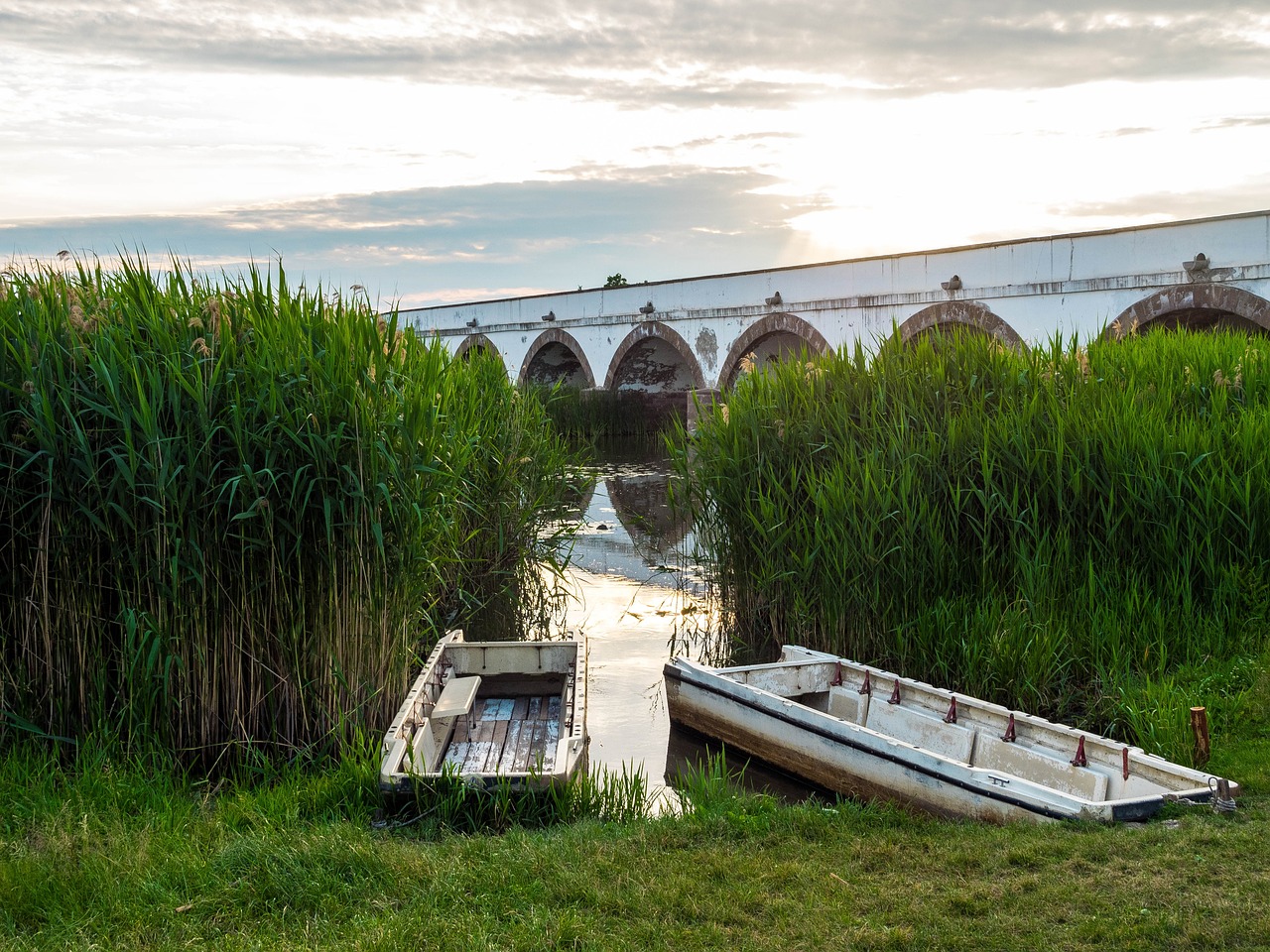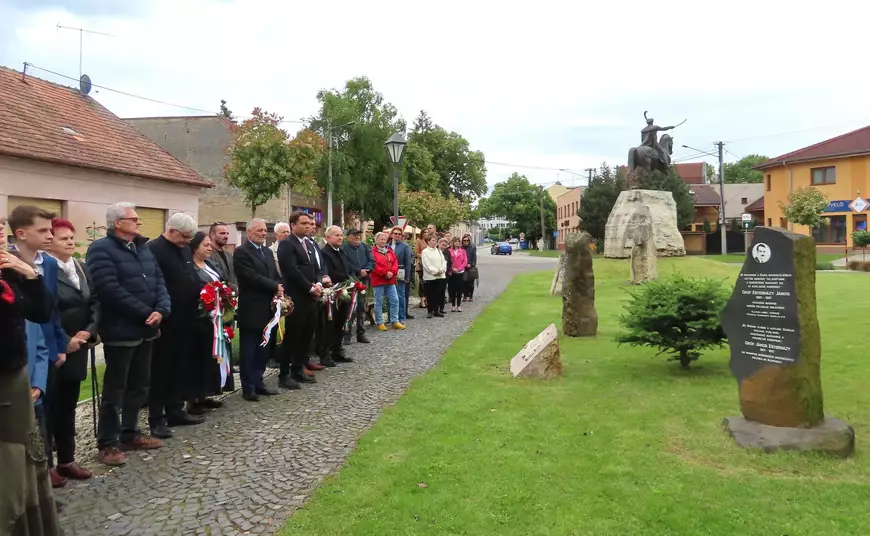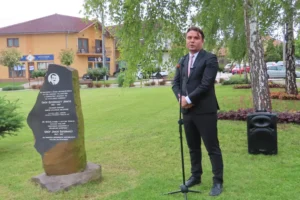
Two interactive exhibitions in the Shepherd Museum have been renewed, and a new feature has been added to the Visitor Center.Continue reading

The LIMES–ANAVUM Regional Heritage Association commemorated János Esterházy, the martyred Hungarian politician from Slovakia, with a dignified ceremony at the memorial stone in Sobieski Park in Stúrovo (Párkány).
Erzsébet Dániel, President of the Association, welcomed the participants and presented the history of the memorial site. She explained that their association, founded 25 years ago, had transformed the former neglected wasteland into a sacred natural site with the help of the city, which has since become a place of pilgrimage for Poles. The park features a statue of Polish King John III Sobieski, as well as a memorial stone honoring Polish World War II refugees and counts, also since 2018, the statue of János Esterházy.
“These landmarks are not merely the ornaments of our city, but enduring values that deserve our reflection and prayers at least once each year,” emphasized Erzsébet Dániel.

László Gubík at the commemorative ceremony. Photo: Bokor Klára
László Gubík, national President of the Hungarian Association and founder of the Esterházy Academy, gave a commemorative speech at the ceremony. He compared Esterházy’s life’s work to an inexhaustible treasure chest, from which he highlighted three “treasures:”
Principled politics, which János Esterházy never abandoned.”
“His best-known act was his refusal to vote for the Jewish Law at the Slovak Parliament in 1942, but he also set an example of principled behavior in many other ways. He drew up a vision for the future of Hungarians in Czechoslovakia, united Hungarian parties, rejected President Edvard Beneš’s offer of a ministerial position without portfolio, and did not flee after the war, but stood up for the rights of his people.”
The second treasure is his organizational skills combined with his cheerful disposition.”
During World War II, he initiated the relaunch of the Magyar Hírlap newspaper, founded the Slovak Hungarian Cultural Association (the predecessor of today’s Csemadok), encouraged the savings cooperative movement, and organized the network of Hungarian Houses. He did all this with unparalleled cheerfulness and a playful spirit—or, as Gubík put it, “mischievousness.”
“The third treasure is program-based thinking, because programs and political ideals are necessary. Esterházy combined the social organizing power of Christianity with socialism. Today, we must also think about what is the factor that can bring us, the Hungarians in Slovakia (Felvidék), together, and this common denominator is local patriotism, which means love of country and embracing local values. The Hungarian community must be organized with enthusiasm along the lines of local patriotism, and principled politics must be pursued along these lines,” concluded the President of the Hungarian Association.
The ceremony concluded with the laying of wreaths and the communal singing of the Hungarian national anthem, leaving attendees with a renewed sense of heritage, solidarity, and purpose.
Via Ma7.sk; Featured photo: Ma7.sk/Bokor Klára